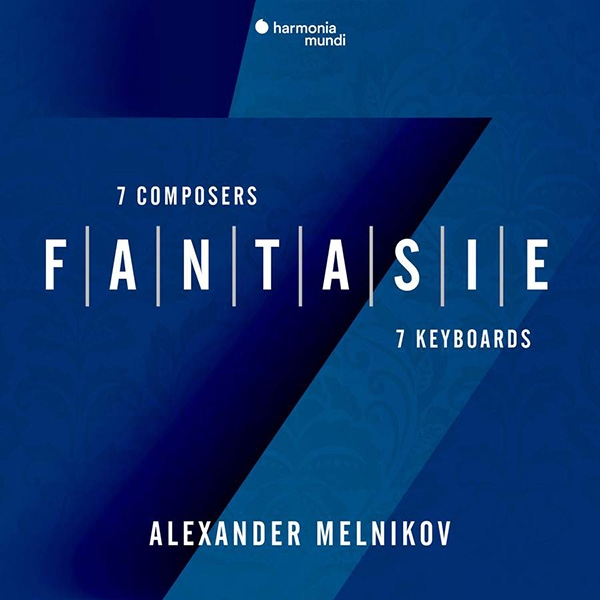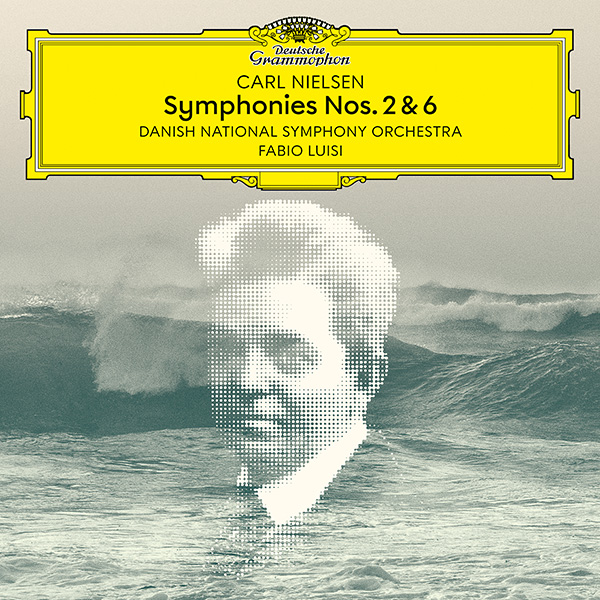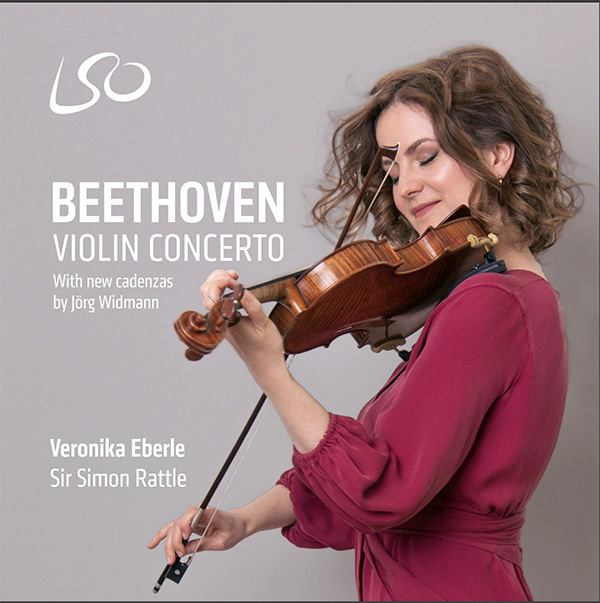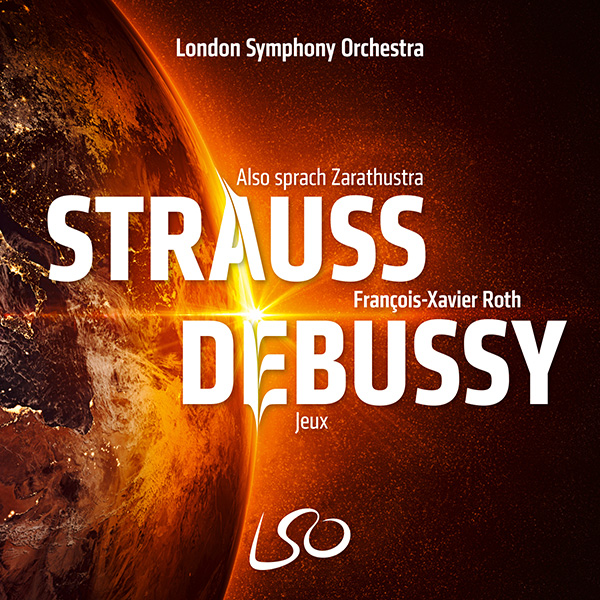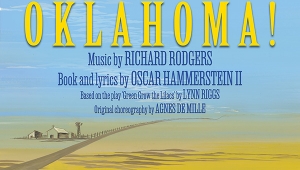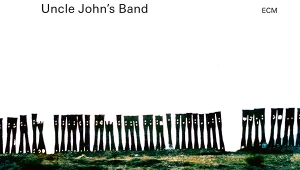| Columns Retired Columns & Blogs |
I was excited to see a new and well-reviewed set of Nielsen symphonies, but unfortunately, Fabio Luisi's direction both helps and harms the proceedings. He gets the basic pulse and the momentum very right, capturing the lilting, singing quality so essential to Nielsen. But his intrusive management of tempo sometimes spoils otherwise ideal performances, in particular in the instances when he suddenly speeds up so much that the orchestra can't articulate rhythms clearly and confusion results. Such a pity. These are nevertheless dramatic and deeply felt performances. Just still not the perfect set we will always wish for.
